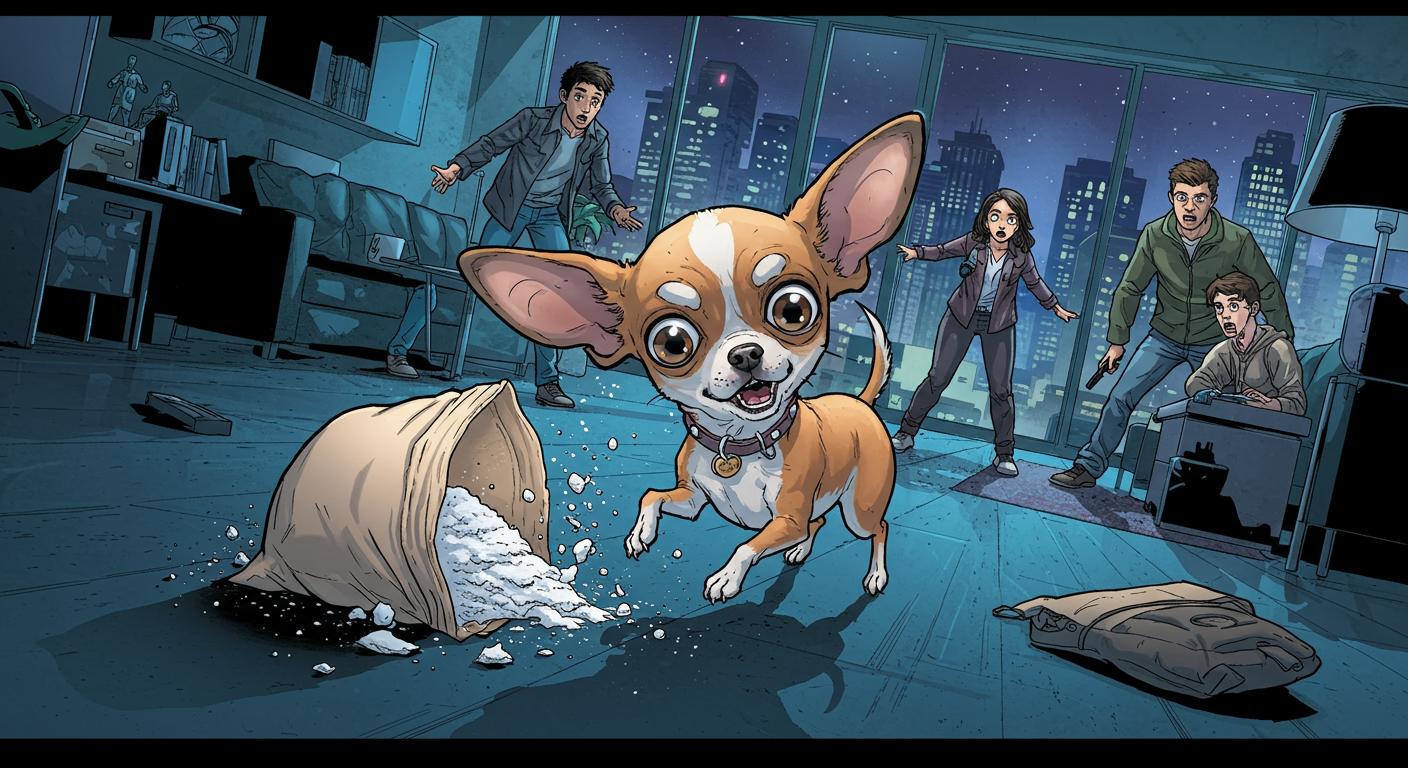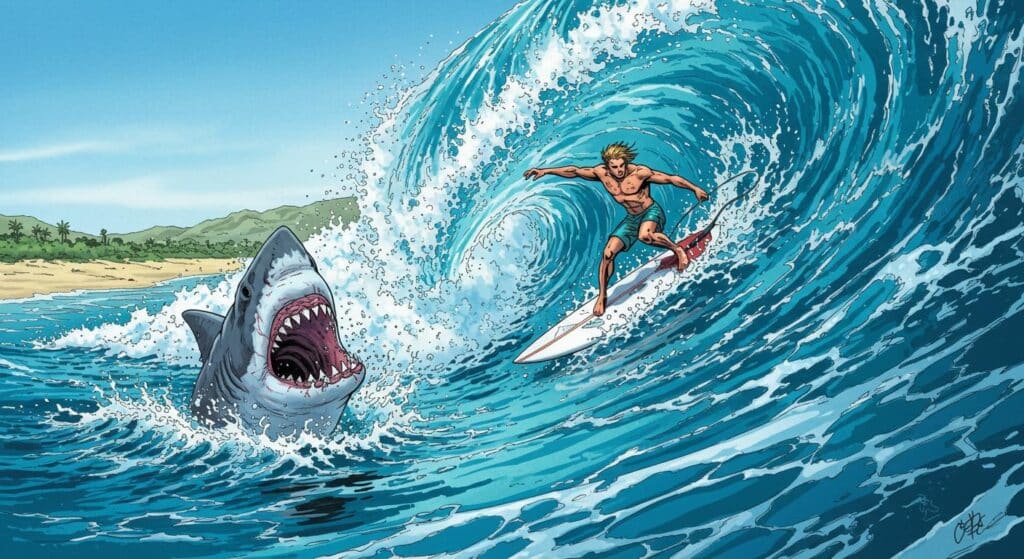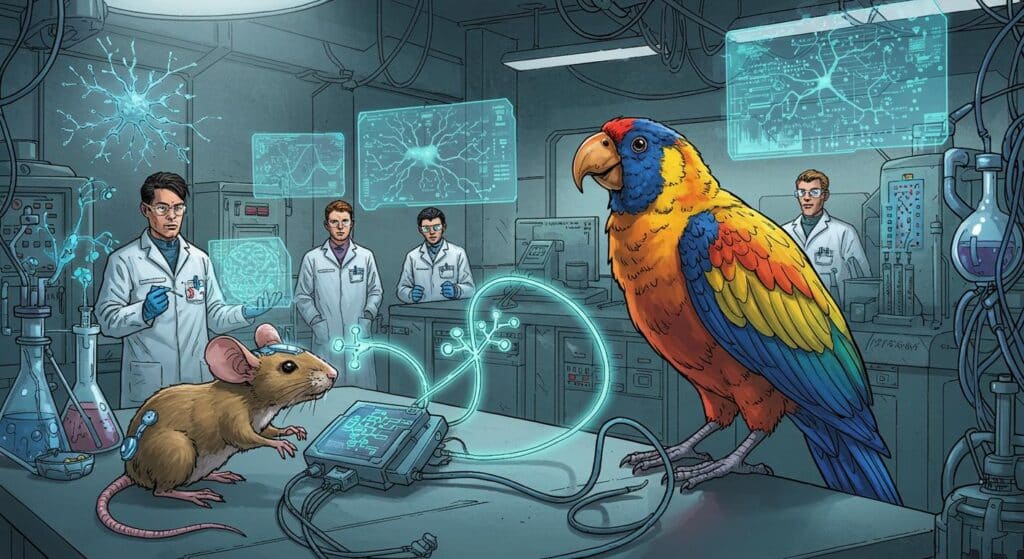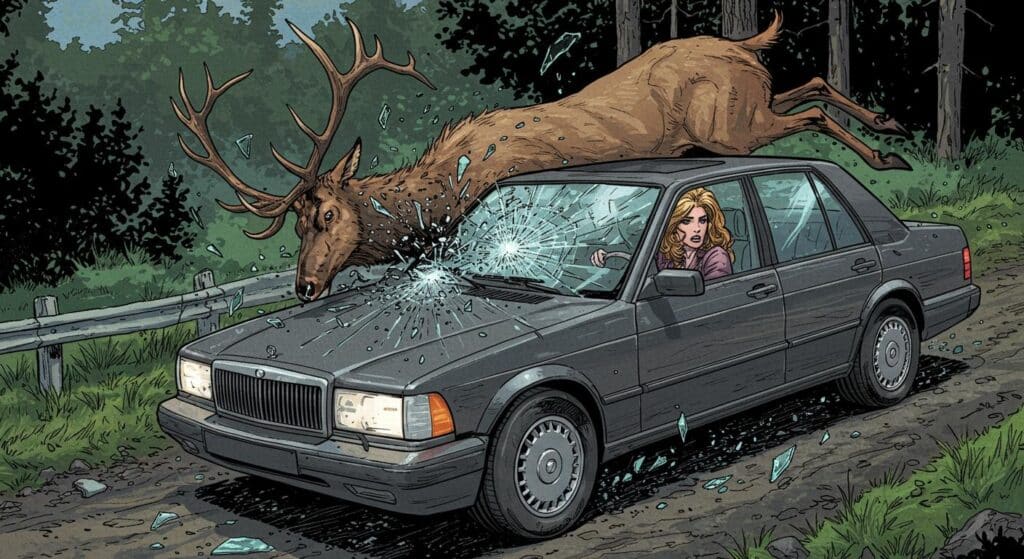Every once in a while, a headline strolls past my screen that hits the rare intersection of “veterinary case study” and “wait, what now?” The story of a two-year-old chihuahua with a fondness for questionable street snacks certainly fits the bill. If you’ve ever wondered what might possess a dog to end up in a journal article about illicit substances, well, sometimes the universe answers—complete with urine tests and unexpected cardiovascular trivia.
When Foraging Gets… Out of Hand
As documented by Ars Technica, this incident began in classic canine fashion: a chihuahua doing what chihuahuas often do—scavenging things it shouldn’t. Most dog owners are familiar with the daily ritual of prying pebbles, sticks, or the remnants of a mystery sandwich from their companion’s jaws. But this pup went off-script, winding up lethargic, glassy-eyed, and with its tiny tongue lolling out, resulting in an emergency trip to the vet.
The clinical details, as recounted in the Ars Technica piece, read like a cautionary tale: examination revealed bradycardia (an unusually low heart rate), a blue tinge to the dog’s mucus membranes—a sign, typically, of too much unoxygenated hemoglobin—and dilated pupils. The veterinarian administered atropine and epinephrine, and the symptoms gradually faded. Later, the chihuahua was transferred to a veterinary teaching hospital, where it underwent further testing. The outlet also notes that urine analysis turned up positive for both cocaine and traces of fentanyl, confirmed through liquid chromatography. According to estimates relayed in the article, the dog might have ingested or inhaled as much as 96 mg of cocaine—a worrisome amount for a small creature.
The case report published in Frontiers in Veterinary Science (as highlighted by Ars Technica) included background on the chihuahua’s scavenging history, though the owners mentioned that no prescription or illicit drugs were missing from their household. The fact that the source of the drugs remained mysterious, despite the dog being mostly an outdoor creature, seems to point toward the hazards lurking in the wider world—or perhaps the overlooked depths of your neighbor’s overgrown grass.
Most Dogs Snoop—But Not Like This
Jake Johnson of North Carolina State University, a co-author cited by Ars Technica, reflected on the importance of unusual case reports in veterinary medicine. He explained that while controlled lab studies document the expected effects of substances like cocaine—namely, an elevated heart rate—real-world clinical cases can defy those patterns. In this instance, the dog’s notably slow heartbeat flipped expectations and illustrated, as Johnson put it, the complexity of cocaine’s net cardiovascular effect in canines.
The outlet further discusses how this real-life oddity fills a gap in existing research: typical studies just don’t capture the tangled realities of what pets may encounter outside a lab. The authors of the report ultimately called for further investigation into the long-term cardiovascular consequences for dogs exposed to stimulants in the wild.
The Human Element (and the Basket Muzzle Solution)
The dog’s recovery, described in Ars Technica’s article, was thankfully uneventful after initial treatment. To prevent repeat performances, veterinarians advised the owners to outfit the chihuahua with a basket muzzle whenever the dog wasn’t under close supervision—an ironic ending for such an enterprising animal.
Johnson, quoted throughout the Ars Technica account, also emphasized the importance of candor during veterinary emergencies. He noted that many pet owners fear legal trouble or judgment and might not admit when a dog has been exposed to illicit substances. That reluctance, he cautioned, can hamper treatment and complicate diagnosis. His message was pragmatic: the critical thing is immediate, honest sharing of what a dog might have consumed—regardless of embarrassment or the social awkwardness of discussing a coked-up chihuahua.
Pawprints on the Weird Side of Science
So what do we take away from this slice of veterinary weirdness—besides a renewed respect for both the ingenuity and the utter lack of discernment inherent in domestic pets? As the Ars Technica report underlines, accidents happen on the edges of human and canine interaction, often in ways that defy expectations or medical precedent. Is this a one-off curiosity, or does it signal deeper questions about what our pets might encounter and how they might react? Real life, once again, proves itself stranger—and more unpredictable—than any case study might suggest.
And, on some level, are we truly surprised? Anyone who’s lived with a food-motivated animal knows the world is effectively one giant buffet, populated by creatures eternally optimistic that the next bite will be worth it—even if, in rare cases, it turns out to be cocaine disguised among the dandelions.







